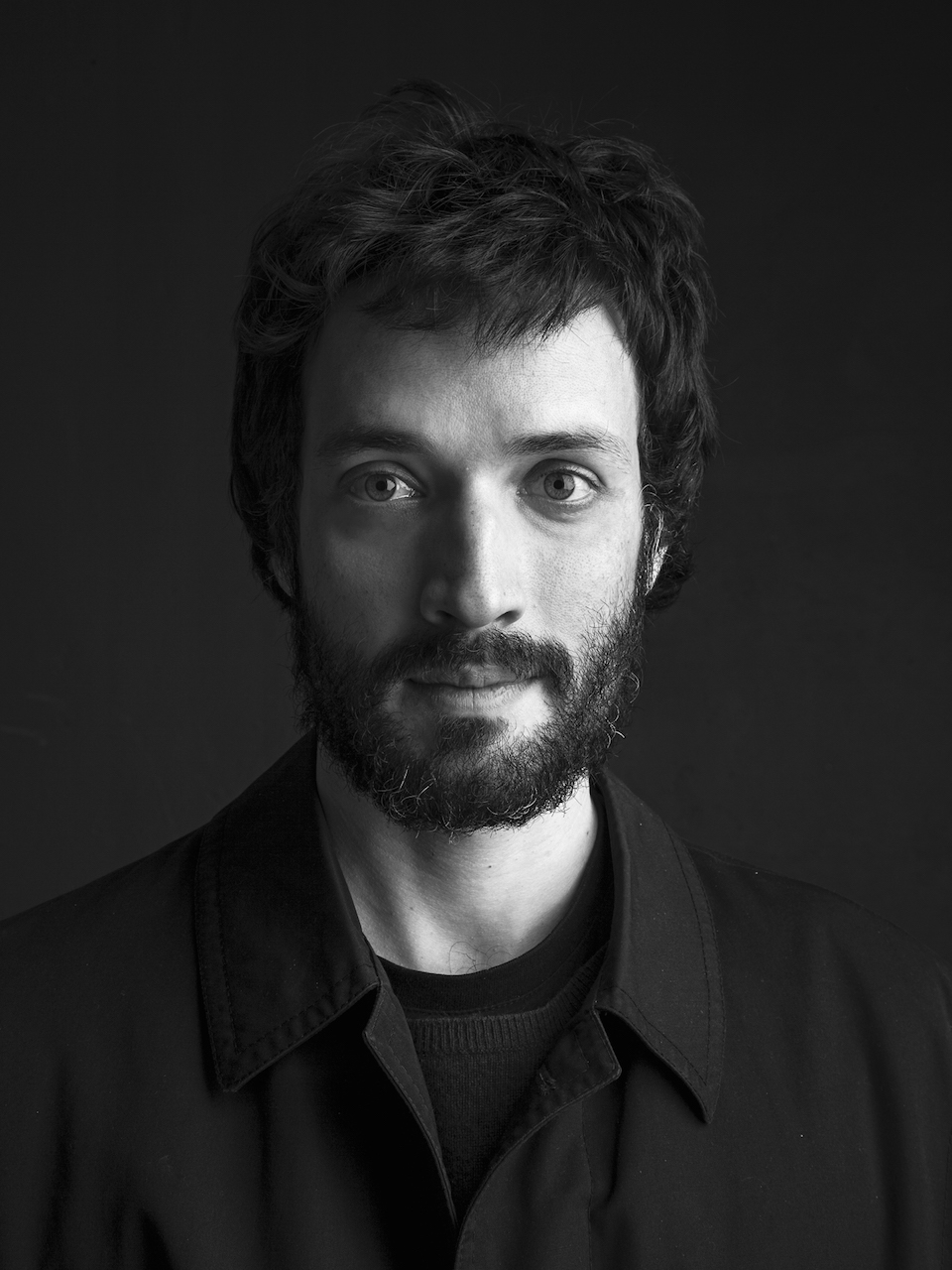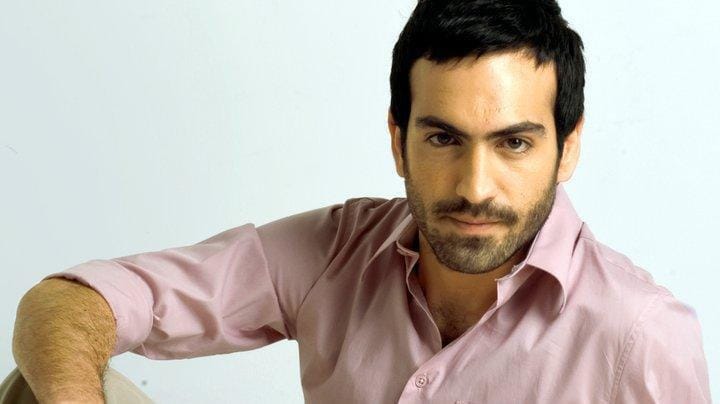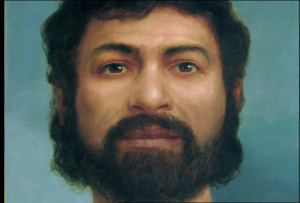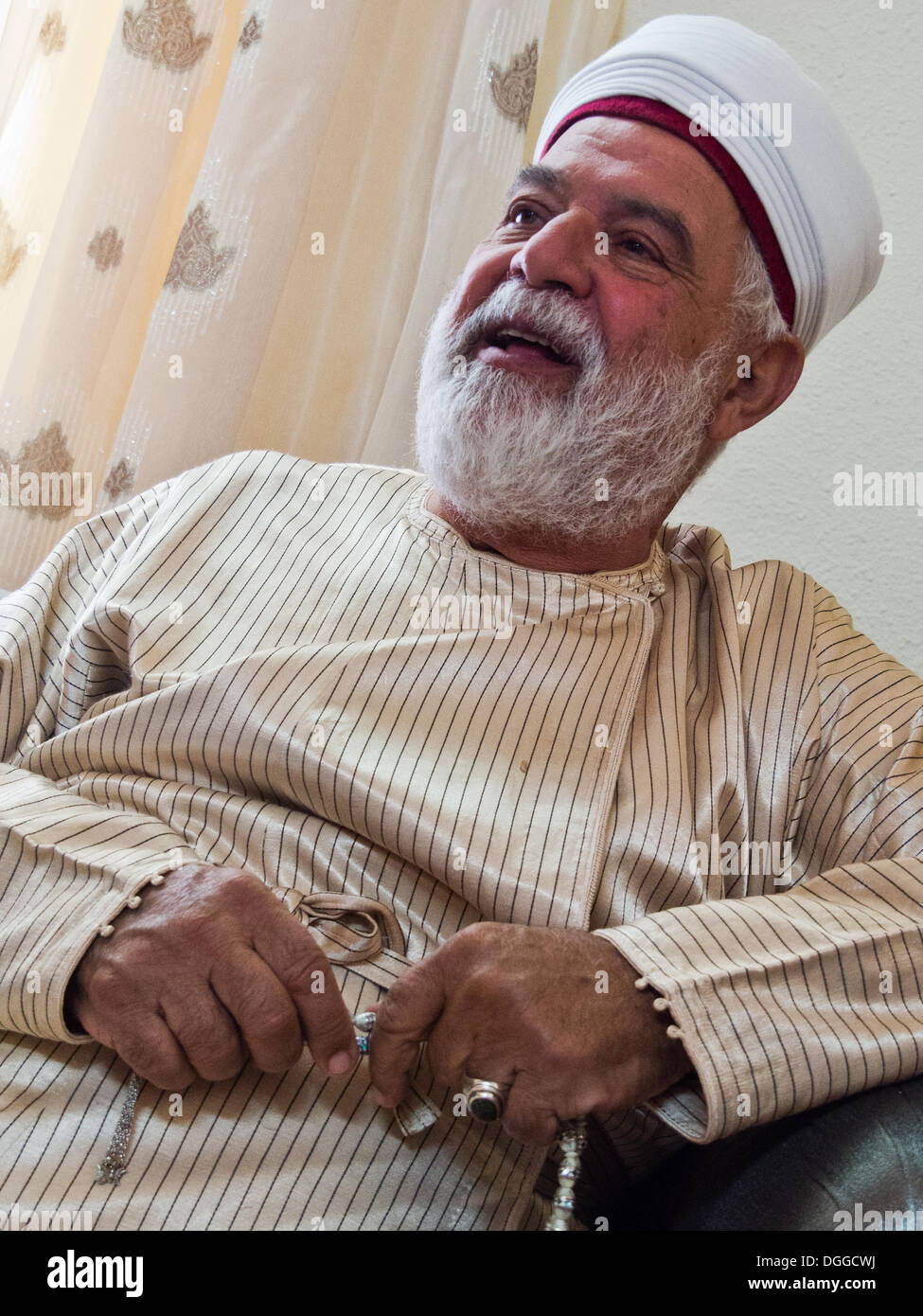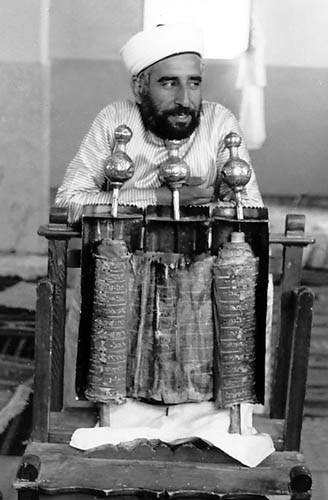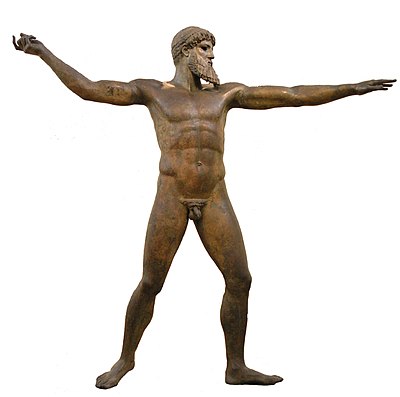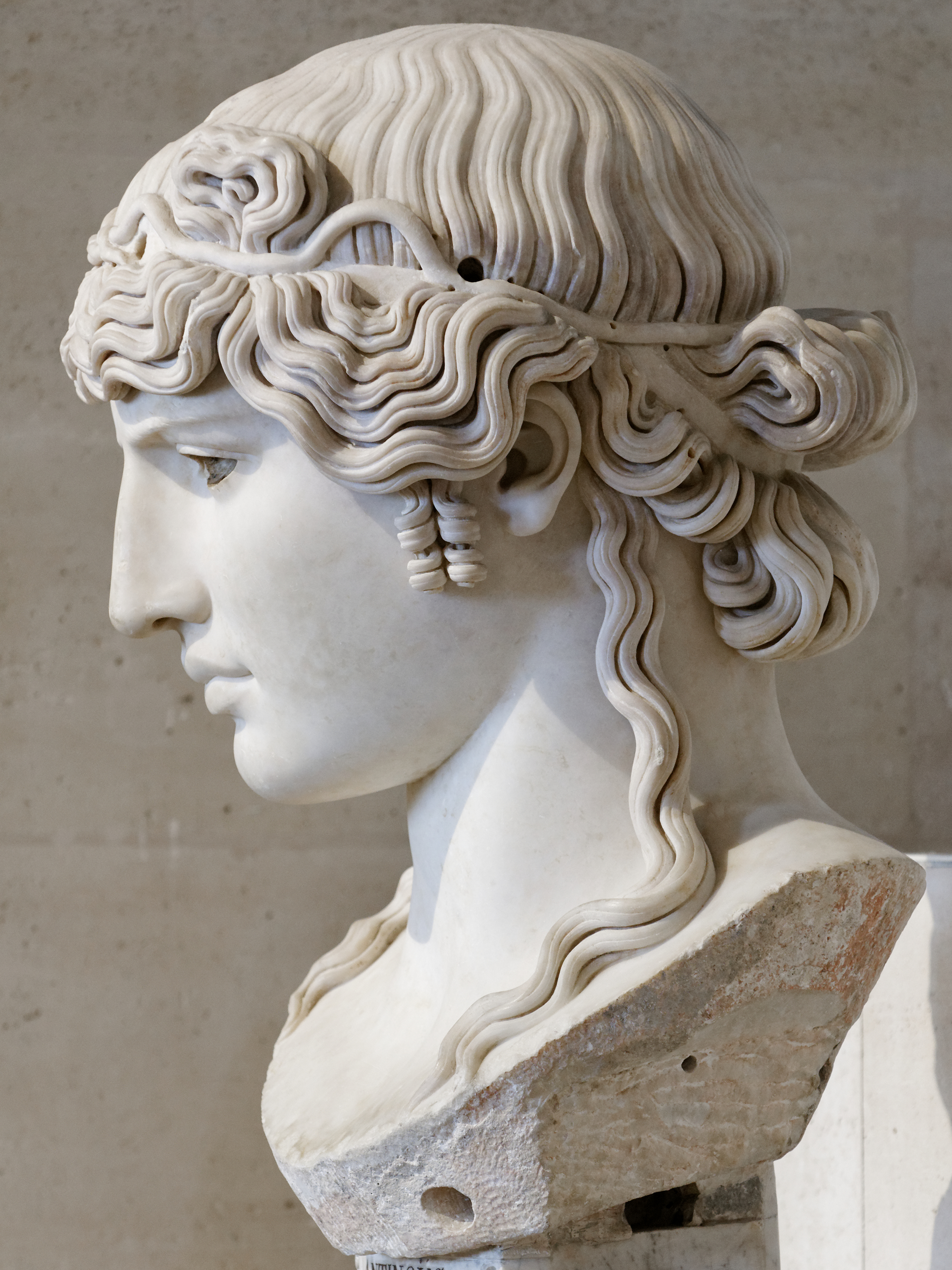Angela
Elite member
- Messages
- 21,823
- Reaction score
- 12,329
- Points
- 113
- Ethnic group
- Italian
For anyone who thinks sailing in the Mediterranean was easy, at least if you hugged the shore, it wasn't and isn't. This sank right in the harbor.
(What was the recent movie which included some scenes about a storm in the Mediterranean that sank a modern ship?)
Articles about this discovery can be found on all the archaeology sites. This is one of them:
http://www.ancient-origins.net/news...hant-ship-has-been-discovered-caesarea-005902
"An underwater survey in the ancient port of Caesarea has uncovered thousands of coins and bronze statues dating to the 5th century AD."
How nice: they recycled!
"“These are extremely exciting finds, which apart from their extraordinary beauty, are of historical significance. The location and distribution of the ancient finds on the seabed indicate that a large merchant ship was carrying a cargo of metal slated recycling, which apparently encountered a storm at the entrance to the harbor and drifted until it smashed into the seawall and the rocks”, said Jacob Sharvit, director of the Marine Archaeology Unit of the IIA, and adds,“A marine assemblage such as this has not been found in Israel in the past thirty years. Metal statues are rare archaeological finds because they were always melted down and recycled in antiquity. When we find bronze artifacts it usually occurs at sea. Because these statues were wrecked together with the ship, they sank in the water and were thus ‘saved’ from the recycling process”."
My favorite Bronze statues of the Classical Age...They too were "saved", thank goodness!
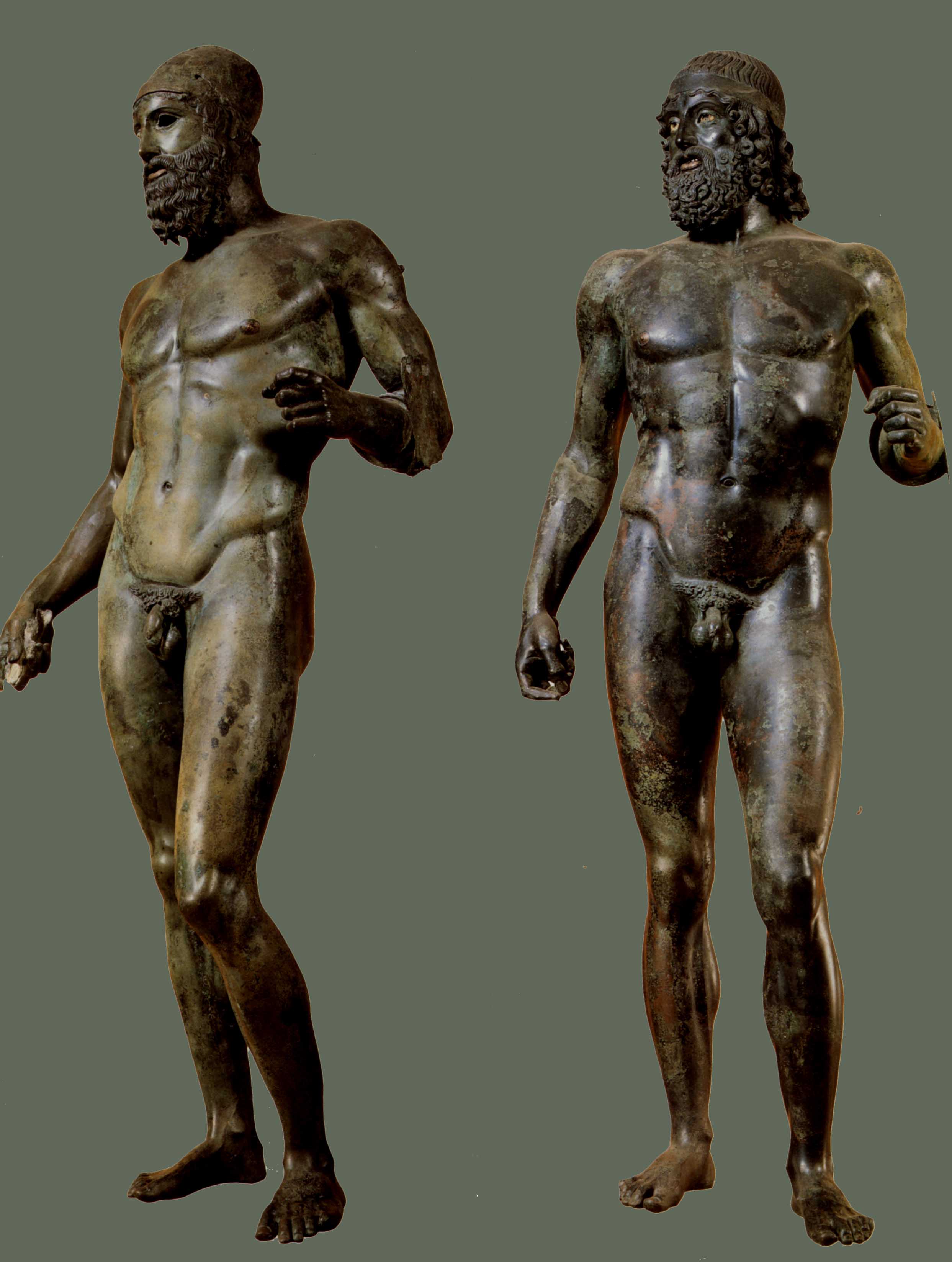
If you google the Bronzes of Gerace and then click on the picture it gives you a much better idea of the mastery of the artist.
There's nothing like them again until Michelangelo's David.
LeBroc, if you read this, they have the "Greek" nose and feet.
Here are some of the finds. Since I undoubtedly descend from some of the residents of Luni, when I get tired of my current avatar, I may use this likeness of the goddess Luna.


(What was the recent movie which included some scenes about a storm in the Mediterranean that sank a modern ship?)
Articles about this discovery can be found on all the archaeology sites. This is one of them:
http://www.ancient-origins.net/news...hant-ship-has-been-discovered-caesarea-005902
"An underwater survey in the ancient port of Caesarea has uncovered thousands of coins and bronze statues dating to the 5th century AD."
How nice: they recycled!
"“These are extremely exciting finds, which apart from their extraordinary beauty, are of historical significance. The location and distribution of the ancient finds on the seabed indicate that a large merchant ship was carrying a cargo of metal slated recycling, which apparently encountered a storm at the entrance to the harbor and drifted until it smashed into the seawall and the rocks”, said Jacob Sharvit, director of the Marine Archaeology Unit of the IIA, and adds,“A marine assemblage such as this has not been found in Israel in the past thirty years. Metal statues are rare archaeological finds because they were always melted down and recycled in antiquity. When we find bronze artifacts it usually occurs at sea. Because these statues were wrecked together with the ship, they sank in the water and were thus ‘saved’ from the recycling process”."
My favorite Bronze statues of the Classical Age...They too were "saved", thank goodness!

If you google the Bronzes of Gerace and then click on the picture it gives you a much better idea of the mastery of the artist.
There's nothing like them again until Michelangelo's David.
LeBroc, if you read this, they have the "Greek" nose and feet.
Here are some of the finds. Since I undoubtedly descend from some of the residents of Luni, when I get tired of my current avatar, I may use this likeness of the goddess Luna.






